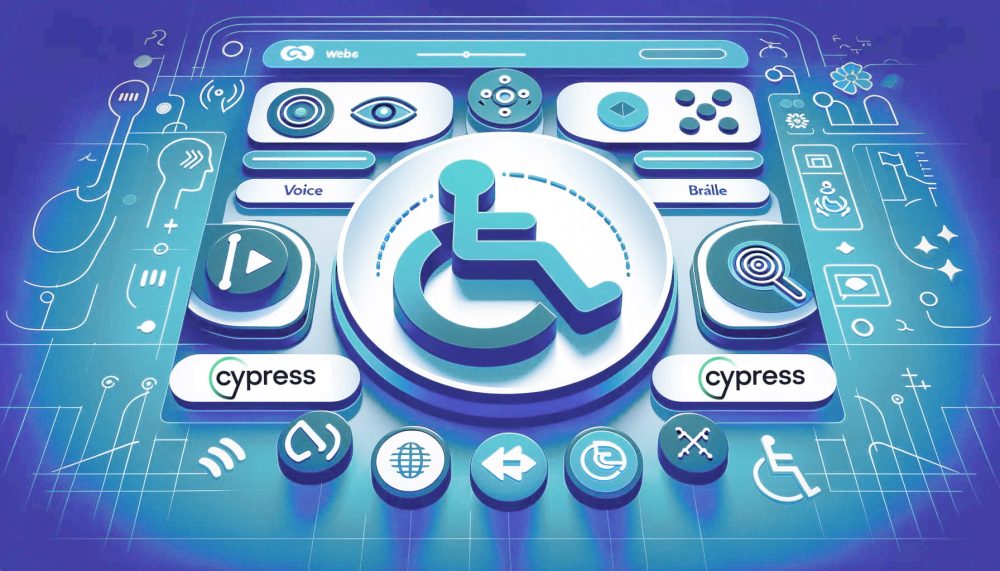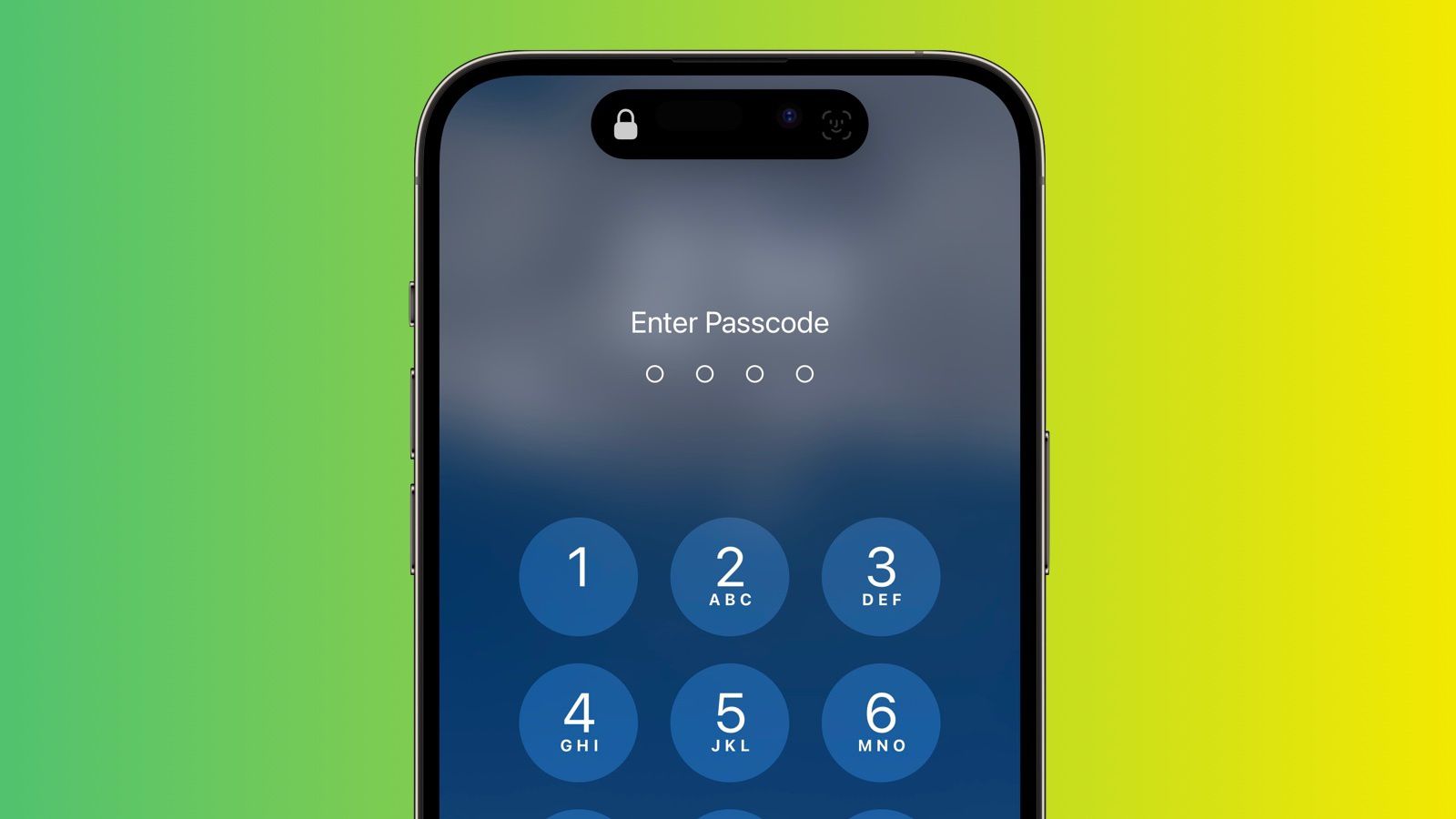When we use mobile apps, we touch the screen to do things like tapping buttons, swiping through stuff, or zooming by pinching. These actions feel natural to us. We want apps to work smoothly when we do these things. So, for people who make and test apps, it’s essential to ensure they work well with all kinds of touches. That’s where Appium comes in. It’s an automation testing tool that helps test apps automatically, and it’s free to use.
With its robust capabilities for simulating a wide range of gestures, Appium empowers teams to validate real-world usage patterns and perfect those fluid gesture-driven app interactions that delight users. This is especially valuable when testing on various devices, such as those available on device farms.
In this article, we will explore mobile gesture testing with Appium.
Table of Contents
What are Mobile Gestures?
Mobile gestures are actions performed on a touchscreen device like a smartphone or tablet using one or more fingers. These gestures allow various tasks such as scrolling, swiping, and zooming.
Following are some common mobile gestures:
- Swipe: Moving a finger across the screen in a continuous motion. It helps you go through lists or switch between different parts of an app.
- Tap: Quickly touch the screen with one finger to choose something or open a link.
- Long press: Holding a finger down on the screen for an extended period.
- Rotate: Using two fingers to twist or rotate an element on the screen.
- Shake: Physically shaking the device to trigger a specific action or function.
Mobile gestures enable intuitive interactions with apps. The open-source Appium test automation framework supports simulating these gestures when writing automated test cases for mobile apps.
What is Appium?
Appium is a popular tool that helps test mobile apps by itself. It is an open source for anyone to use and work on. With Appium, you can test apps on Android phones, iPhones, and Windows devices. It was created by Dan Cuellar and Jason Huggins. There’s a big group of users on GitHub, where it has over 17,000 stars and 5,900 forks.
A critical, good thing about Appium is that it can work with many different platforms using the same instructions. It lets you reuse test scripts and code across Android, iOS, Windows, and others, making it easier to maintain and more efficient. Like Selenium for web apps, Appium lets you write tests in several programming languages like Java, JavaScript, Python, PHP, C#, and more.
With Appium, you can automate testing for three main types of mobile apps:
- Native Apps: These are apps built using native Android, iOS, or Windows SDKs and installed directly on devices. Appium can launch these apps during test execution or work with pre-installed apps.
- Mobile Web Apps: These are web applications accessed through a mobile web browser like Chrome or Safari. Appium interacts with web app elements by automating the browser.
- Hybrid Apps: Hybrid apps have a native container shell but embed web content in an in-app web-view. Appium enables testing the app shell and web portions together seamlessly.
Appium tests can run on real physical devices connected to a computer or on pretend devices/simulators. It opens and interacts with apps through special UI tools made by vendors like UI Automator for Android, XCUITest for iOS, and WinAppDriver for Windows.
The tests communicate through a web driver that translates Appium’s instructions into UI actions on the device. This web driver approach works similarly to how Selenium automates web browsers. Appium also works with popular test frameworks like JUnit, TestNG, Cucumber, and more.
LambdaTest is an AI-powered test orchestration and execution platform that lets you run manual and automated tests at scale with over 3000+ real devices, browsers, and OS combinations. It enables you to test mobile apps using the Appium tool on real devices in the cloud. They provide a handy Capabilities Generator for creating all the capabilities they support, which you can customize for your specific tests.
Common Mobile Gestures Supported by Appium
Appium provides comprehensive capabilities for automating various mobile gestures that are core to how users interact with apps on touchscreen devices. These gestures allow testing the full range of taps, swipes, scrolls, zooms, and other motions that mobile apps are designed around. Being able to script these essential gestures is key for Appium tests to validate real-world app usage scenarios.
Following are the crucial mobile gestures that can be executed through the Appium automation framework :
- Tap: The essential gesture is tapping a single finger on the screen to select an item, button, link, or other UI element—tap tests fundamental app interactions.
- Double Tap: Two quick taps in rapid succession, often used to activate zoom-in/zoom-out functionality on maps or images.
- Long Press: Tapping and holding a finger on the screen for an extended duration. It brings up contextual menus, drag handles, or other app actions.
- Swipe: Dragging a finger horizontally or vertically across the screen. Swiping allows scrolling through content, dismissing elements, or navigating between screens and views.
- Scroll: Moving your finger in a particular direction to go through lots of stuff, like long lists or pages.
- Pinch/Zoom: Using two fingers to make things on the screen bigger or smaller, like on maps or pictures. You bring your fingers together to zoom out and spread them apart to zoom in.
- Pan: Dragging content across the screen, such as panning a map, by tapping and holding with one finger and moving it.
The ability to script gestures that mimic real user actions is essential for mobile test automation. It allows validating that app navigation, interactions, animations, and functionality work as expected across a wide range of usage scenarios and input types. Appium’s support for common gestures provides comprehensive mobile test coverage.
Techniques for Automating Gestures in Appium
Appium offers flexible options for simulating mobile gestures and touch events like tapping, swiping, scrolling, and multiple touch actions. The three primary methods are:
TouchAction/MultiAction Classes
The TouchAction and MultiAction classes in Appium allow building sequences of touch events to be performed on the device in a specified order. You can combine individual actions like press, release, tap, wait, longPress, moveTo, and perform the entire sequence.
For example, to long press an element:
| //java TouchAction touchAction = new TouchAction(driver); touchAction.longPress(longPressOptions) .release() .perform(); |
To swipe:
| //python touchAction = TouchAction(driver) touchAction.press(x=100, y=200) .moveTo(x=300, y=400) .release() .perform() |
The MultiAction class allows combining multiple TouchAction sequences to simulate multi-touch gestures like pinch and zoom.
Appium Commands for iOS Gestures
Appium exposes native commands to trigger common gestures on iOS apps and views. It includes tap, double-tap, swipe, pinchOpen/pinchClose, scrollTo, and others.
| //java // Double tap Map<String, Object> params = new HashMap<>(); params.put(“element”, element.getId()); driver.executeScript(“mobile:doubleTap”, params); |
| //python # Scroll down driver.execute_script(“mobile: scroll”, {“direction”: “down”}) |
Appium Commands for Android Gestures
Like iOS, Appium provides mobile commands to execute Android gestures like long-click, scroll, swipe, and pinchOpen/pinchClose directly.
| //java // Long click Map<String, Object> params = new HashMap<>(); params.put(“x”, x); params.put(“y”, y); params.put(“duration”, 1000); driver.executeScript(“mobile:longClickGesture”, params); |
| //python # Swipe left driver.execute_script(“mobile:swipeGesture”, { “elementId”: element.id, “direction”: “left” }) |
While the TouchAction class allows building custom gesture sequences, the platform-specific commands provide a simpler interface for triggering common gestures.
All three techniques can be used with Appium tests written in various languages like Java, Python, C#, JavaScript, and more. They allow validation that apps properly respond to taps, swipes, pinches, and other core gestures across real user scenarios. Comprehensive gesture automation is key for ensuring high-quality mobile app experiences.
Tips and Tricks for Effective Mobile Gesture Testing
Here are some tips and tricks for effective mobile gesture testing with Appium:
Planning and Designing Tests for Gestures:
- Analyze your app’s user flows and identify critical gestures required for key scenarios like navigation, input, selecting items, etc.
- Prioritize testing gestures based on risk and usage frequency. Core gestures like tap and swipe should get more coverage.
- Design test cases that validate gesture combinations, like pinch-to-zoom, followed by scrolling on a map screen.
- Include tests for gestures on UI elements – buttons, menus, lists, image views, etc.
Utilizing Appium’s Gesture Capabilities:
- Leverage the TouchAction/MultiAction classes to build reusable, modular gesture sequence methods that can be called from multiple tests.
- Use platform-specific mobile commands like scrollGesture and swipeGesture to script concisely common gestures.
- Combine gesture commands with waits/sleeps to ensure gestures execute reliably on different devices/platforms.
- Script multi-touch gestures like pinch, zoom, and rotation using the MultiAction class or platform commands.
Tips for Flaky Tests:
- Add implicit/explicit waits after gestures to allow the UI to sync and animate smoothly.
- Disable animations on test devices/emulators to make tests run faster.
- Adjust swipe distances or use scrolling methods based on device screen sizes.
- Handle device orientations and resolutions to make gesture coordinates work consistently.
Removing Flakiness:
- Leverage Appium’s Automatic WaitActivity for Android to smoothly handle app transitioning between activities.
- Use the “Settings” app capability to disable iOS software animations during test runs.
- Capture videos and logs during test failures to debug gesture issues better.
- If using image coordinates, leverage Appium’s techniques to get coordinates relative to images.
Scaling and Parallelization:
- Build a reusable gesture library/utility that can be integrated with test frameworks.
- Parameterize tests and capabilities to execute in parallel across devices and platforms.
- Integrate with cloud device farms like LambdaTest for scalable test execution.
- Leverage Appium Grid for running tests in parallel across multiple machines.
Following these tips, you can build reliable, maintainable, and scalable mobile gesture tests with Appium. Proper planning, design, and execution strategies help comprehensively validate app quality under real-world usage conditions.
Conclusion
Appium is the go-to open-source solution for comprehensive mobile test automation across Android, iOS, Windows, and other platforms. Its robust support for simulating a wide range of gestures allows for validating real-world usage scenarios by mimicking how users interact with apps.
Whether using Appium’s flexible TouchAction class to build custom gesture sequences, leveraging built-in commands for common gestures, or combining both techniques, Appium empowers teams to craft reliable automation scripts that recreate realistic user gestures. Its cross-platform nature further boosts efficiency through code reusability.
However, mobile gesture automation brings its own unique challenges like flakiness, timing issues, synchronizing with animations, and handling diverse device characteristics. Following best practices around strategic planning, reusable utilities, parallelization, and thorough troubleshooting is key for sustainable gesture testing at scale.
The need to validate gesture-driven interactions will only grow as mobile user experiences evolve with modalities like voice, AR/VR, and wearables. Appium’s extensibility positions it well to incorporate testing for these emerging technologies over time.
For teams seeking to implement continuous testing, shift quality left, and deliver robust apps that delight users, Appium’s gesture capabilities provide a powerful solution. With its vibrant open-source community, extensive resources, and wide adoption, Appium remains the framework of choice for mobile teams worldwide.
By leveraging Appium and the tips outlined here, testers can confidently validate that apps respond accurately to every tap, swipe, and multi-touch gesture across diverse use cases. This unlocks delivering exceptional mobile app experiences that keep users engaged and brands competitive in our digital world.










